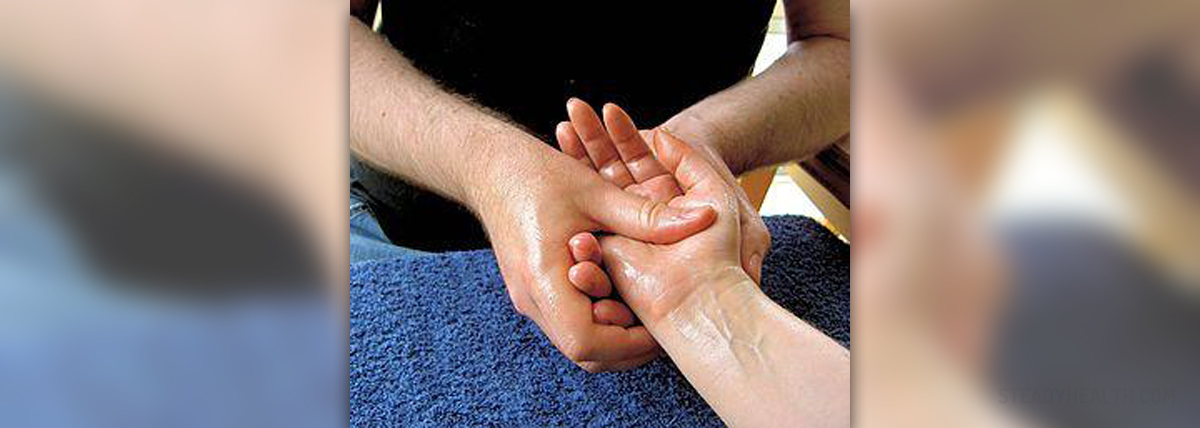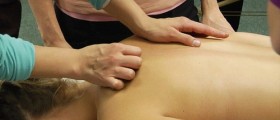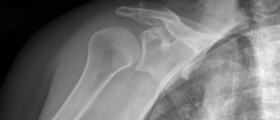
The process of diagnosing, treating andmanaging a soft tissue injury is called soft tissue therapy,addressing the pain which mainly stems from certainneuromusculoskeletal areas. This form of therapy is carried out byqualified and trained professionals such as chiropractors, massage andphysical therapists as well as some doctors from the area ofnaturopathy and osteopathy.
Soft tissue injuries often take placedue to repetitive or cumulative strain injuries. Fortunately,adequate health care professionals like those skilled in the fieldsof anatomy, pathology, physiology, biomechanics, functional anatomyetc. all can successfully treat these forms of injuries throughphysical therapy and soft tissue massage.
Soft Tissue Therapy
As it was mentioned above, any form oftherapy which tries to help the patient deal with soft tissue injuryis called soft tissue therapy, regardless whether it deals with theassessment, diagnosis, treatment or the recovery process related tothe specific injury.
Unfortunately, sometimes, physicaltherapy is not enough for helping the patient deal with some type ofa soft tissue injury. Then, the therapist sends the patient to adifferent, more qualified health expert.
As for the therapy itself, it consistsof choosing the best treatment approach, depending greatly on theform of the injury present. Among the possible techniques which canbe used for these purposes, the practitioner may choose from triggerpoint ones or opt for myofascial therapy, focusing on improving theconnective tissues and the flexibility of fascial areas of the body.Also, these approaches are beneficial for helping a person deal withscarring pain and other such adverse effects.
Massage can also be an option here andpractitioners often choose Swedish massage or some other methods forhelping an individual deal with his/her swelling or inflammation,affecting a certain soft-tissue part of his/her body.
Some massage types createcross-friction, which results in heat, alleviating pain and adequateconditions for dealing with various soft-tissue injuries,predominantly those located in tendon areas. On the other hand, ifthe treatment needs to take care of the area between the muscles andthe fascia, sustained pressure is often used.
However, a single form of therapy maynot be enough for removing certain soft-tissue problems alone.Rather, a combination of different approaches may sometimes present anecessity in order for a successful therapy to take place.
Soft Tissue Massage
Soft-tissue massage is one of the maintools of soft-tissue therapy. It aims to improve blood and lymph flowin the soft-tissue areas, reducing one's exposure to inflammation andpain. Additionally, it improves the flexibility of certain bodyparts, boosts the immune system, reveals any muscular spasms andremoves them and increased oxygen delivery to the muscles, makingthem less strained.
If the Swedish massage is used, itsmain purpose is removing the toxins from the muscles and promotingthe oxygen flow in the area. Friction therapy, on the other handheals the affected body part through the process of head generationand exposure. Also, soft-tissue massage can use trigger point massage to ease one's chronic muscle pain and improve flexibility of thebody.
If a soft-tissue massage a person hasundergone was a good one, he/she should feel an improved range ofmotion, along with a release of the adhesions and a decrease of bloodpressure. Hemoglobin production should be increased through thisprocess and coronary arteries should become dilated.
Athletes, after this form of massage,should notice how their performance has improved and patientssuffering from arthritis should feel that the stiffness being commonfor their condition is less present. The beneficial effect ofsoft-tissue massage is likely to be felt through a boost in memoryand cognitive functions, due to better blood circulation and oxygendelivery to the body. Also, this effect can stem from the absence ofstress hormones attacking the body, especially the brain.
Due to the hormonal-balancing effectthat soft-tissue massage can have, women in their PMS, menopause andpregnancy, all should feel less bothered by the symptoms of theirconditions, once they have undergone this form of massage.
Finally, fibromyalgia patients andthose who are prone to bed sores due to the fact that they cannotleave the bed can find relief in this form of massage therapy too.
All in all, soft-tissue therapy andsoft-tissue massage are two terms which are involved in the processof diagnosing, assessing and treating an injury affecting asoft-tissue part of the body. Moreover, recovery can also be a partof this form of therapy. In fact, soft-tissue massage is a greattechnique for managing many different types of health problems,helping people overcome inflammation, swelling, pain and dysfunctionsaffecting some of their body parts.
Yet, do not forget or neglect the factthat soft-tissue therapy may not be capable of treating all types ofinjuries successfully. Thus, if your problems with the soft-tissueareas in your body cannot be resolved with this form of therapy, seekmedical assistance again and try some alternative approaches.

















Your thoughts on this
Loading...